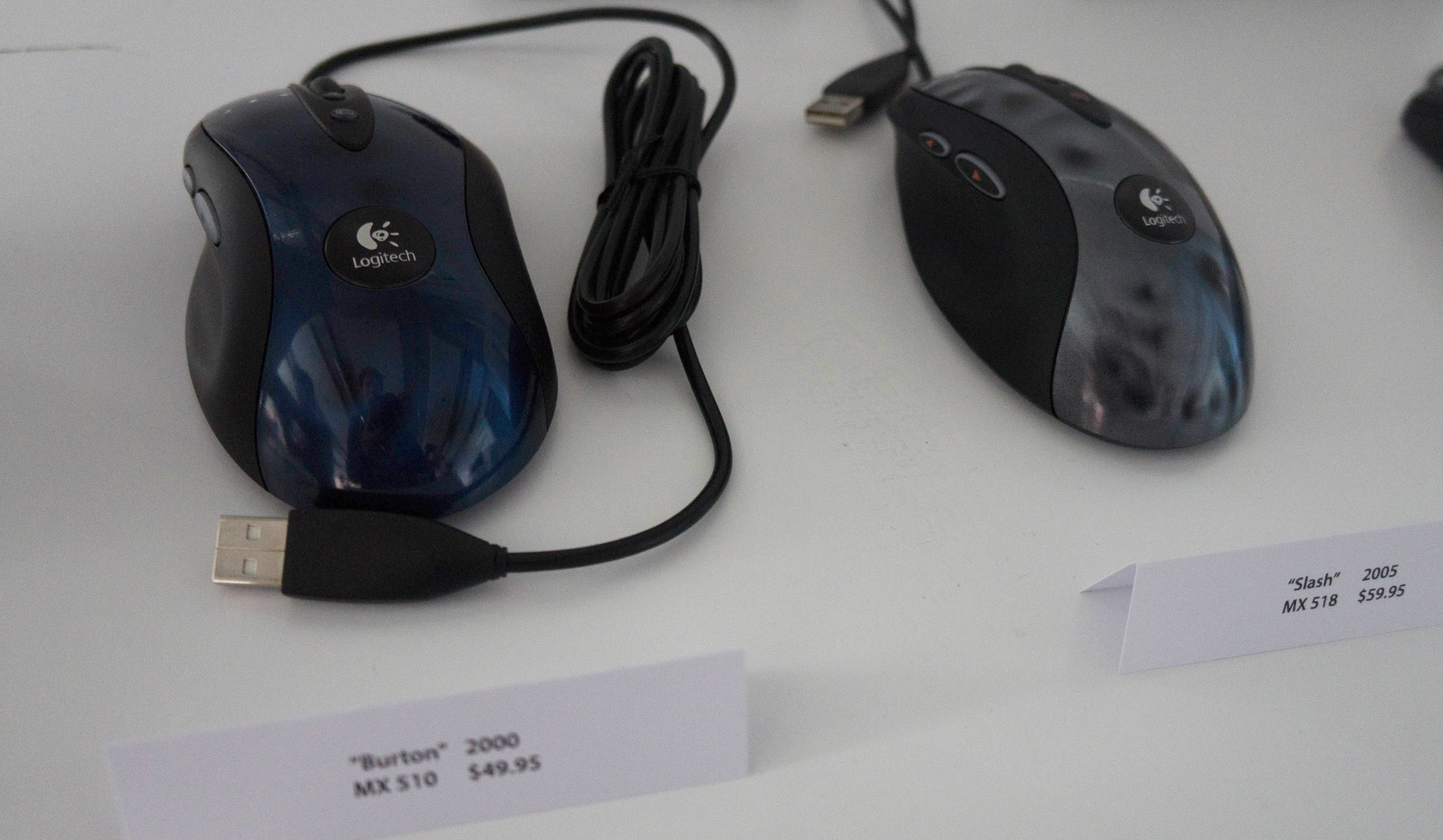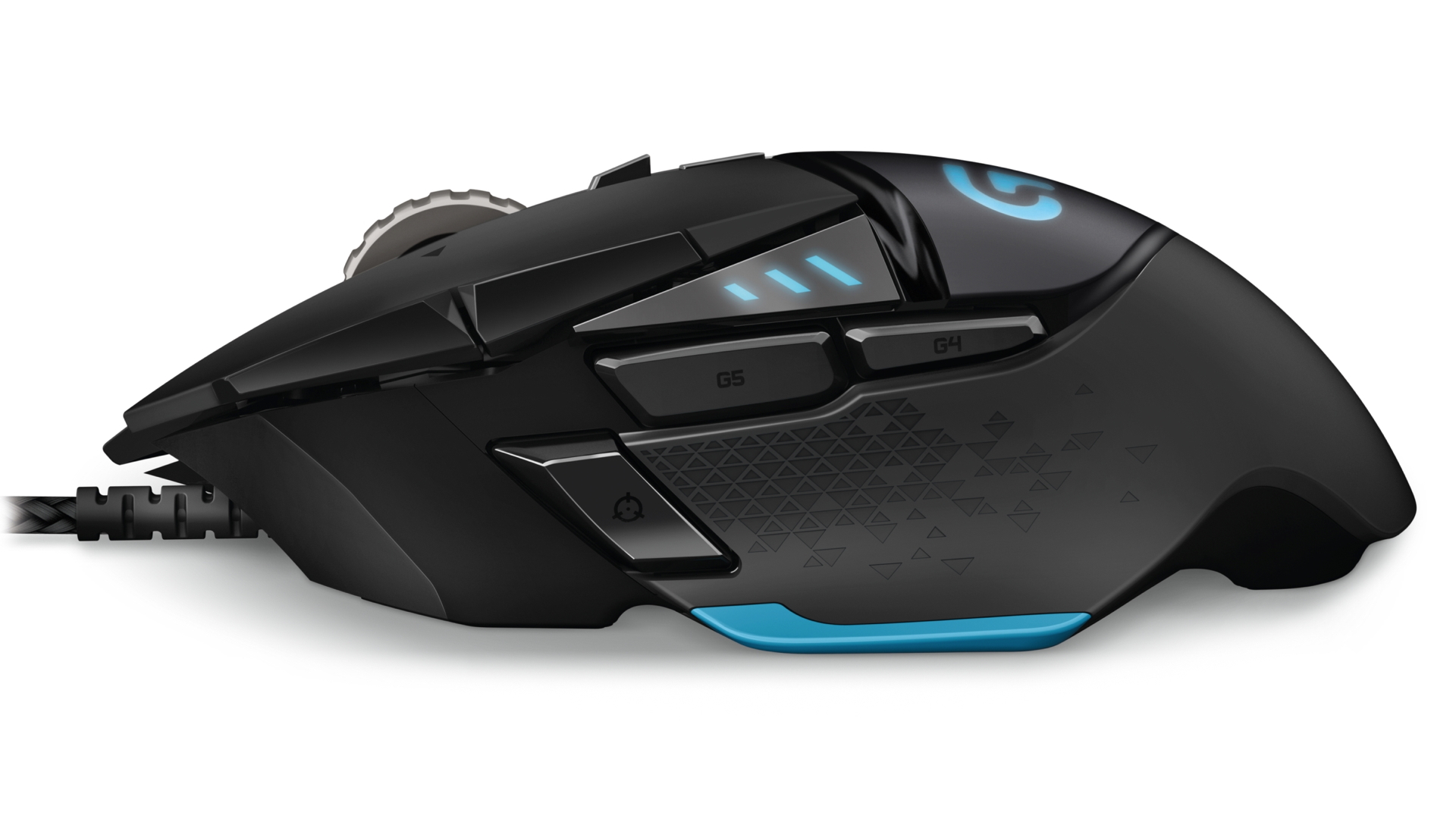Inside Logitech: How gaming mice are built and tested

Logitech does not just test mice and keyboards. It tortures them. It mashes keys 13 times per second, 24 hours a day, for two months straight. When the company needs to test the range and directionality of a wireless mouse receiver, it builds an anechoic chamber to seal away every errant wireless signal and precisely measure the receiver’s radiation pattern. When Logitech’s engineers designed the G402 Hyperion Fury gaming mouse to accurately track at speeds of more than 450 inches per second, it built a spring-powered arm to whiplash the mouse so fast it would malfunction.
The arm didn’t move fast enough, so they built a bigger one.
Every company that makes PC hardware—peripherals like mice and keyboards, or components like fans and hard drives—does some degree of testing, but it’s rare for us to get an inside look at what that testing really looks like, or to talk to the engineers doing the work. When a mouse’s switches are supposedly rated for two million clicks, we don’t know how rigorously that claim was tested. If a keyboard can survive 60 million keystrokes, will the keys still feel just as good after all that abuse?
Last week, Logitech invited a group of journalists to its headquarters in Lausanne, Switzerland to see its testing facilities firsthand. Though Logitech has offices all over the world, it’s in Switzerland, where the company was founded in 1981, that Logitech does its most rigorous testing and designs its most crucial components: mouse sensors.
Unlike most press events, which are organized to promote a specific product, Logitech invited us to Switzerland to observe, learn, and talk to engineers about, more or less, whatever we wanted. They weren’t really trying to sell us on their latest hardware, I realized—they were trying to sell us on Logitech Gaming itself. For years, Logitech has been doing what is almost certainly the most rigorous product testing and most advanced sensor design in the world. It just wasn’t telling anyone about it.
It’s significant that Logitech is showing us its testing now, because in 2014, Logitech has released its best, and most noteworthy, mouse since 2005’s legendary MX518. If you don’t care about the history of gaming mice, jump on over to the next page for photos of Logitech’s labs and insight into how they develop and test their mice and keyboards. You can also see the same testing equipment in action in the video above.

The rebirth of Logitech Gaming
“From 2005, to about 2010, we were focused on a number of different businesses, as well as, and especially, gaming,” said Vincent Tucker, the director of Logitech Gaming, in an introductory presentation. “However, about 2009, 2010, we lost our focus, lost our way. There were a lot of other opportunities to take advantage of. We got into the tablet market, the Bluetooth speaker market. It’s our bad, really, for taking our eye off the ball. But I think you’ll find today that our eye is back on the ball.”
The biggest gaming news, reviews and hardware deals
Keep up to date with the most important stories and the best deals, as picked by the PC Gamer team.
Though no one at Logitech dwelled on the company’s mistakes, I thought this humble admission was important. For years, Logitech was the undisputed king of gaming mice. The MX518 sold 16.4 million units over its lifetime, said Tucker, which makes it one of, if not the, best-selling gaming mice of all time. But from 2009 to 2013, Logitech Gaming did little to innovate. It released the G500, and the G500s, and a number of other models, with only minor changes and improvements.
Meanwhile, Razer attracted loyal fans with the Deathadder. Steelseries made the definitive ambidextrous mouse with the Sensei. Against Razer and Steelseries and Roccat and Mionix and Corsair and Mad Catz and all the rest, Logitech was the old guard, and its mice didn’t look much different in 2013 than they did in 2005.
In 2014, that finally changed. Logitech released the G502 Proteus Core in January, with a brand new sensor never used in another gaming mouse (most gaming mice have been using customized versions of the same handful of sensors that are now years old, and are often being pushed beyond their intended limits).

“One of my original design briefs to the people who did the actual form [of the G502] was: I want this to feel like the G500s, I want it to feel like I’m holding my own friend, but I open my eyes and I’m looking at the future instead," said Chris Pate, senior product manager at Logitech Gaming. Pate has worked at Logitech for nearly his entire career. Outside of the engineers actually designing sensors at Logitech, it's probably hard to find anyone who can speak about gaming mice as knowledgeably as Pate. With the G502, Pate said, "the goal was to develop a product that is familiar and consistent with what the gamers who are fans of the existing products like, and hopefully draw new people in with the better features, better responsiveness and nicer design."
Next came the G402 Hyperion Fury, which creatively combines a highly accurate low-speed sensor with an accelerometer to handle the high movement speeds of FPS players. Finally, there’s the G302 Daedalus Prime, light and barebones and built with shallow left and right buttons for fast-clicking MOBA players. Logitech also built a new mechanical key switch for the G910 Orion Spark keyboard and wisely dropped its expensive integrated LCD screen, opting instead for a free companion smartphone app. Even the names, silly and garish though they might be, are a nice change from Logitech’s typically stolid product numbers.
Logitech didn’t suddenly wake up in 2014 and decide to make great gaming mice again, then whip them up inside a year, of course. The G502, G402, and G302 have been the culmination of a couple years of work, a response to that turn-of-the-decade loss of focus Tucker mentioned.
“We were already working on the next generation of stuff when we put out the 500s,” Pate said. “Those were products that we are still proud of. We still believe they were the right thing to do.” Logitech used the G500s, 400s etc. to relaunch and rebrand its gaming peripherals under the Logitech G name, explained Pate. “We were trying to improve. We weren’t trying to disrupt.”
I don’t know if Logitech has disrupted the mouse market in terms of sales, but with the G402’s accelerometer “Fusion Engine” and the G502’s sensor, it’s certainly pushing gaming mice technology ahead more than any other company in the field. Logitech’s labs in Switzerland are a testament to that fact, because when Logitech builds a new mouse, it often has to build a new piece of equipment to push it to its limits.

Wes has been covering games and hardware for more than 10 years, first at tech sites like The Wirecutter and Tested before joining the PC Gamer team in 2014. Wes plays a little bit of everything, but he'll always jump at the chance to cover emulation and Japanese games.
When he's not obsessively optimizing and re-optimizing a tangle of conveyor belts in Satisfactory (it's really becoming a problem), he's probably playing a 20-year-old Final Fantasy or some opaque ASCII roguelike. With a focus on writing and editing features, he seeks out personal stories and in-depth histories from the corners of PC gaming and its niche communities. 50% pizza by volume (deep dish, to be specific).


